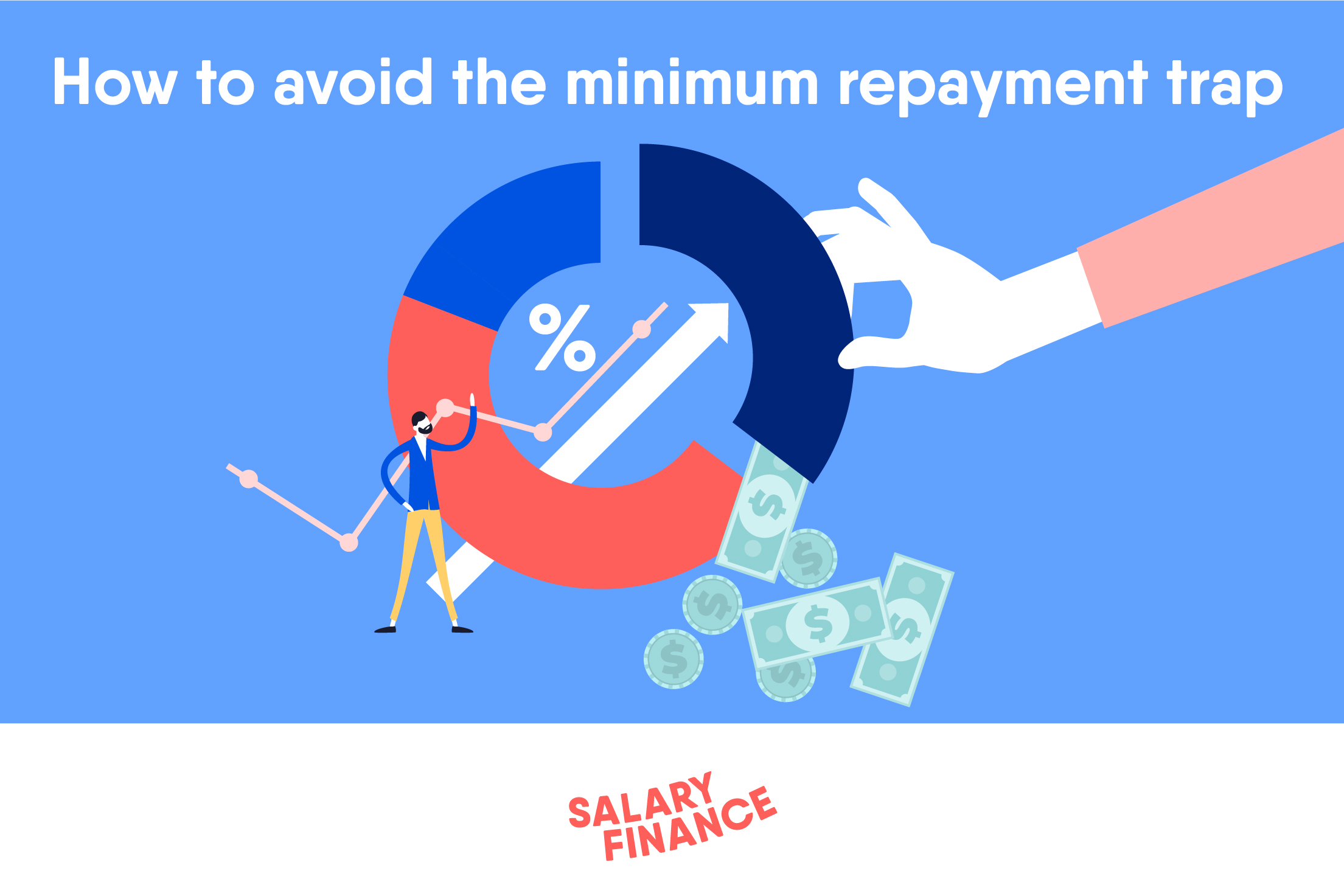
Carrying a large credit card balance is nobody’s idea of fun. With interest rates (APR) hovering at 20% - and often higher for subprime borrowers – maintaining a credit card balance can add up to thousands of dollars in interest over time.
The good news is that you can save yourself lots of time and money by learning one key move that will help you beat the credit card issuers at their own game.
And don't worry. You won't need to do the financial equivalent of back-flips to pull this off.
What is the 'minimum repayment trap'?
Your credit card provider is highly motivated to get you to pay off your balance as slowly as possible. The longer you take, the more months – and often years – you will pay interest on the balance. The more interest you pay, the more money they make.
You've got to know the game. Given that credit card providers make money off charging you interest as often as possible, they'll want to encourage you to take your time paying off your balance, so they set the minimum payment due at a low amount. This is why they give you the option to just pay the 'minimum' without incurring any fees.
The minimum payment is a percentage of your outstanding balance, typically around 2% of your overall balance. Each month your minimum is recalculated based on your current balance.
Let's say that you've decided you want to pay off the balance by spending less on your card, and lower your monthly credit card bill. Well, this means your minimum repayments are also lower (remember the minimum is a % of your monthly balance). This is the trap!
By lowering your minimum, your provider is hoping you'll like the look of that lower number and meet the minimum repayment - which lulls you into a longer payback period.
Here's how it looks in practice
Someone who has a $2,500 balance on a credit card that charges an 18% APR will have a minimum payment of $50 in the first month (assuming their minimum is calculated at 2% of their balance).
If they pay the $50 minimum means, they’ve reduced their overall balance to $2,450 (assuming they didn't incur any additional charges). The next month, if they don't spend any more on the card, the minimum is slightly lower at $49.75.
Each month that passes where no more money is being spent on the card, the minimum will continue its slow decline.
Sounds pretty harmless, doesn't it?
Believe it or not, it would take the person in our example over 38 years to pay off that initial $2,500 balance, paying a total of nearly $5,300 on interest alone.
How to avoid the trap
- Pay the minimum amount due this month.
- Memorize that amount, and ignore the minimum payment your providers lists every month on your statement.
- Continue to pay the same amount you paid the first time. If you could afford the $50 this month, should no emergencies crop up, you should be able to afford this every month.
- Start to add a little bit more into each payment, even an extra $5 or $10 each month will save you even more time and money.
The result? Instead of needing more than 38 years to pay off the debt, you could pay it off in 7 years and your total interest charges will be less than $1,800. You just saved yourself more than 30 years and around $3,500 in interest payments.
You can plug your own credit card details into a credit card payment calculator like this one and get a personalized report on how much faster you can get out of credit card debt simply by ignoring the minimum payment due.






